Make it easy for customers to find what they need
When planning their day, customers decide where they will travel, where they will stop along the way and how much time they will need to spend at each location. When one of those planned stops is your shop, make sure they don’t spend all of their allotted time searching for the items they wish to purchase. Time spent “searching” for products is frustrating.
Planning your store’s layout effectively can boost your sales. When your customers can find the items they’re looking for faster than anticipated , there is the chance that they will still spend the time they’ve allotted for your visit. This becomes “free time”. Free time is spent browsing. Browsing turns into incremental sales. It also allows you more time to spend with your customers. Everyone is less rushed.
Your inventory consists of many categories and sub-categories of goods. Take toys for example. You likely have large dog toys and small dog toys. Within those two large categories are sub-categories. Plush toys, interactive toys, puzzle toys, rubber toys, tough toys, etc. Toys displayed by category and sub-category are easier to shop.
All of the products in your store fall into a category. Ear Care products, Eye Care products, Grooming Care, Housebreaking and Incontinence products, Supplements and more. Even within a category like Supplements, Hip and Joint might be a sub-category of its own.
When you merchandise by category and sub-category, wayfinding becomes easier for your customers. You might consider small signage on the shelf fronts or overhead signage identifying specific groupings.
Make sure product placement makes sense. Are your brushes and combs adjacent to your shampoos? Are your dog bowls adjacent and convenient to your dog food? (Bowls can be sub-categorized as well. Ceramics, Stainless Steel, Double feeders, Gravity Feeders.. etc.) Do customers who come in for dog or cat food have easy access to the treats and toys? Clip strips and specialty shelving can be an effective way to cross merchandise products.
Round out the store with creative displays and/or end caps.
A thoughtfully and well merchandised store is good for business.
